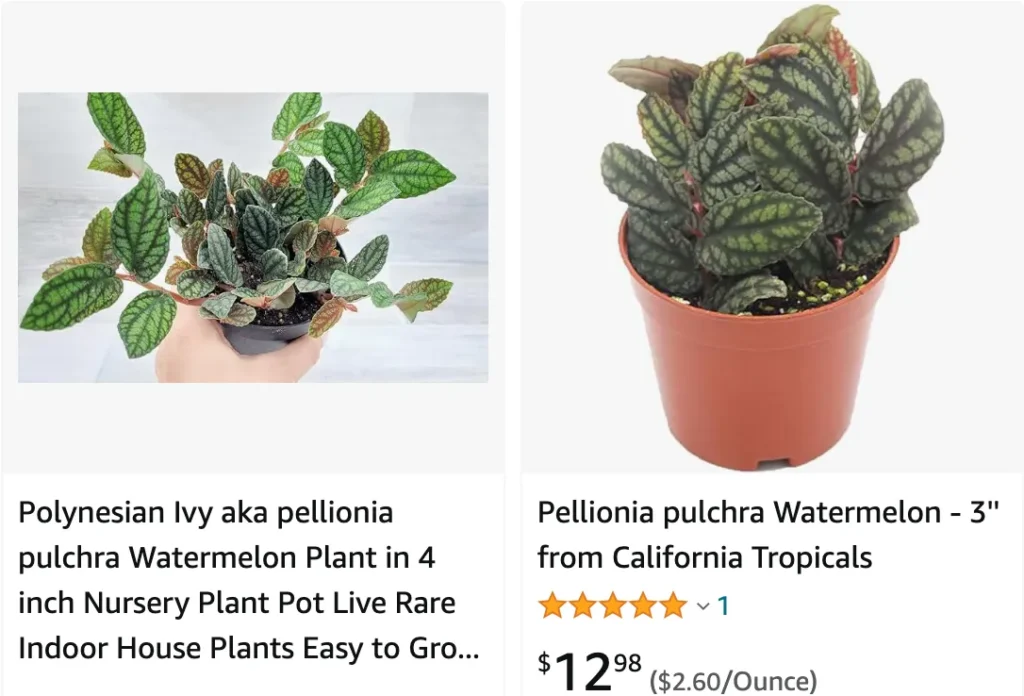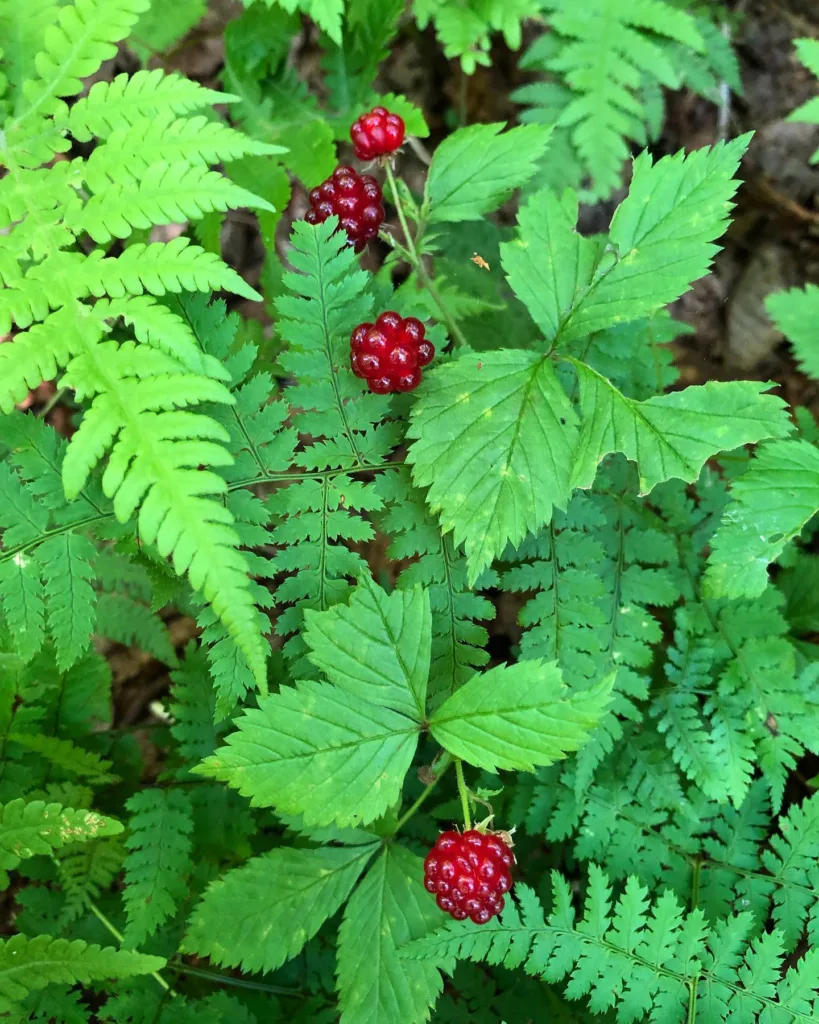
Pellionia Pulchra: Your Guide to the Watermelon Vine
Hi everyone, Ferb Vu here! Today, we’re diving into the world of a stunning houseplant: the Pellionia Pulchra, also known as the Watermelon Vine, belong to the Urticaceae family. This beauty has captured the hearts of plant enthusiasts with its vibrant foliage and cascading growth habit.
Whether you’re a seasoned plant parent or just starting your indoor jungle journey, the Pellionia Pulchra might be the perfect addition to your collection. But before you bring one home, let’s answer some of the most common questions about this unique plant.
Plant Family: 59 Genera in Urticaceae – Nettle Family
What Makes the Pellionia Pulchra Special?
The Pellionia Pulchra stands out for its captivating foliage. The oval-shaped leaves boast a mesmerizing contrast between dark green and light green shades, with a hint of red peeking through the veins. This mesmerizing color combination resembles a watermelon rind, hence the nickname “Watermelon Vine.”
As the plant matures, the foliage can even develop a subtle orange tinge under bright, indirect light. The fast-growing, trailing stems make it ideal for hanging baskets or cascading down a shelf.
Pellionia Pulchra vs Repens
In my experience, Pellionia Pulchra has always been the star with its stunning, shimmering foliage, while Repens, though equally charming, has a more understated, subtle appeal that I find less striking but still quite delightful.
Pellionia Pulchra vs. Peperomia: What’s the Difference?
Both the Pellionia Pulchra and the Peperomia are popular houseplants known for their interesting foliage. However, they belong to different botanical families and have distinct characteristics.
Here’s a quick breakdown:
- Family: Pellionia Pulchra (Urticaceae or Nettle Family), Peperomia (Piperaceae or Pepper Family)
- Foliage: Pellionia Pulchra boasts patterned, oval leaves with red veins. Peperomia comes in a wider variety of leaf shapes, textures, and colors.
- Growth Habit: Pellionia Pulchra is a trailing vine. Peperomia can be bushy, trailing, or upright depending on the species.
- Light: Both prefer indirect sunlight.
- Water: Pellionia Pulchra enjoys consistently moist soil. Peperomia thrives on slightly drier conditions.
How to care for Pellionia Pulchra?
The good news is, the Pellionia Pulchra is a relatively low-maintenance houseplant. Here are some key things to remember:
- Light: Aim for bright, indirect sunlight. Avoid harsh afternoon sun, which can scorch the leaves.
- Water: Keep the soil consistently moist but not soggy. Water deeply when the top inch of soil feels dry to the touch.
- Soil: Opt for a well-draining potting mix rich in organic matter. A mixture of potting soil, perlite, and orchid bark can work well.
- Humidity: While the Pellionia Pulchra tolerates average household humidity, it thrives in a more humid environment. Grouping it with other plants or using a pebble tray with water can help increase humidity.
- Fertilizer: During the growing season (spring and summer), a balanced liquid fertilizer diluted to half strength can be applied once a month.
Propagation: Sharing the Watermelon Vine Love
The Pellionia Pulchra is easy to propagate through stem cuttings. Here’s a simple method:
- Take a 4- to 6-inch stem cutting with a few leaves.
- Remove the lower leaves and dip the cut end in rooting hormone (optional).
- Plant the cutting in a pot with moist potting mix.
- Cover the pot with a clear plastic bag to create a mini greenhouse.
- Place the pot in bright, indirect sunlight and keep the soil moist.
- Remove the plastic bag once new growth appears (around 4-6 weeks).
Common Pellionia Pulchra Problems and Solutions
While generally trouble-free, here are some common issues you might encounter:
- Brown leaves: This can be caused by underwatering, overwatering, or insufficient light. Adjust your watering schedule and provide brighter indirect light.
- Leggy growth: This indicates the plant needs more light. Move it to a brighter location.
- Pest infestation: Mealybugs and spider mites can occasionally be a problem. Neem oil spray or insecticidal soap can be effective solutions.
Conclusion: The Pellionia Pulchra – A Vibrant Addition to Your Home
With its stunning foliage and easy-going nature, the Pellionia Pulchra is a fantastic choice for plant enthusiasts of all levels. By following these simple care tips, you can enjoy the beauty of the Watermelon Vine for years to come.
If i die, water my plants!



